Sugar Waxing
Sugar Waxing
Sugar Wax
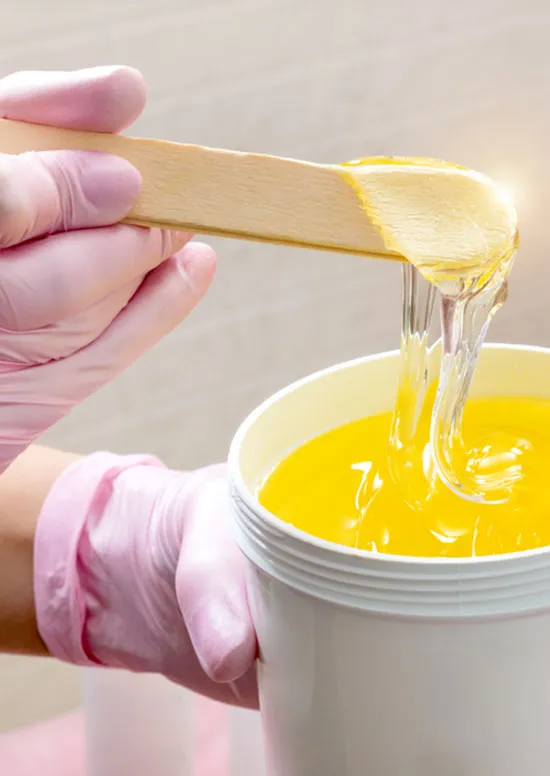
Hair Removal
Waxing and sugaring are both epilation techniques that remove hair from its roots. Both treatments rely on a sticky material that attaches to and holds onto hairs on the skin. When the material is removed, the hair is also removed.
The sticky component in sugaring is not wax but a sugar paste. However, it functions in the same way.
Epilation is distinct from other procedures of hair removal, like shaving, which solely means cutting the hair instead of pulling it out. Shaving is painless, but the effects are not as long-lasting.
Hair Growth
Many people remark that their hair density decreases immediately on their first sugaring treatment. However, this is not what is happening. When you shave, you only cut the hair at its thickest spot. When your hair grows back out, the blunt edge makes it appear thicker than it is. This is what causes the prickly sensation when the hair is first coming out after shaving!
Sugaring involves removing the whole hair from the root. When the hair does grow back, the thin tip of the hair grows out first. This means that the hair will be thinner even after the first sugar waxing treatment!
With Consistent Sugaring:
If you use sugar on a regular basis, you will notice a decrease in hair growth. You’re pulling your hair out by the root as you use sugar wax. Every time you do so, you damage the hair follicle. This hair follicle would eventually stop producing hair! The longer you sugar, the less hair you will grow back. Even your hairs that do keep growing will become weaker and thinner with each sugaring session.
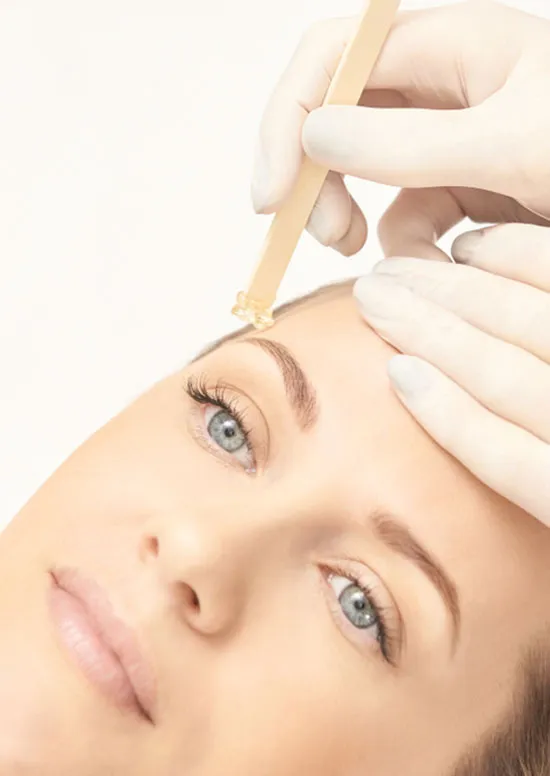
Hair Follicle
Traditional Waxing
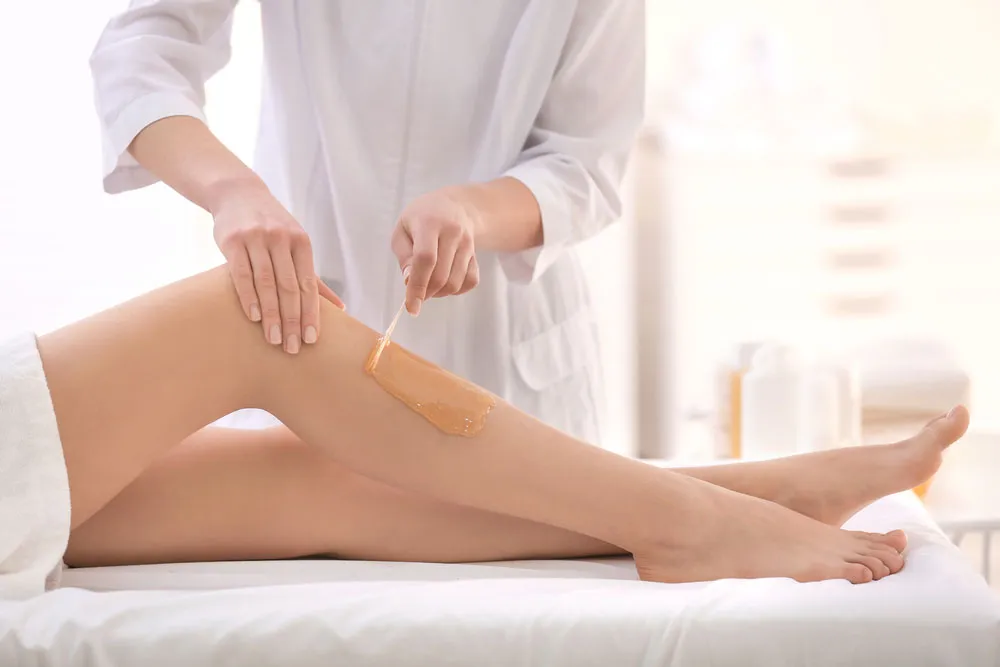
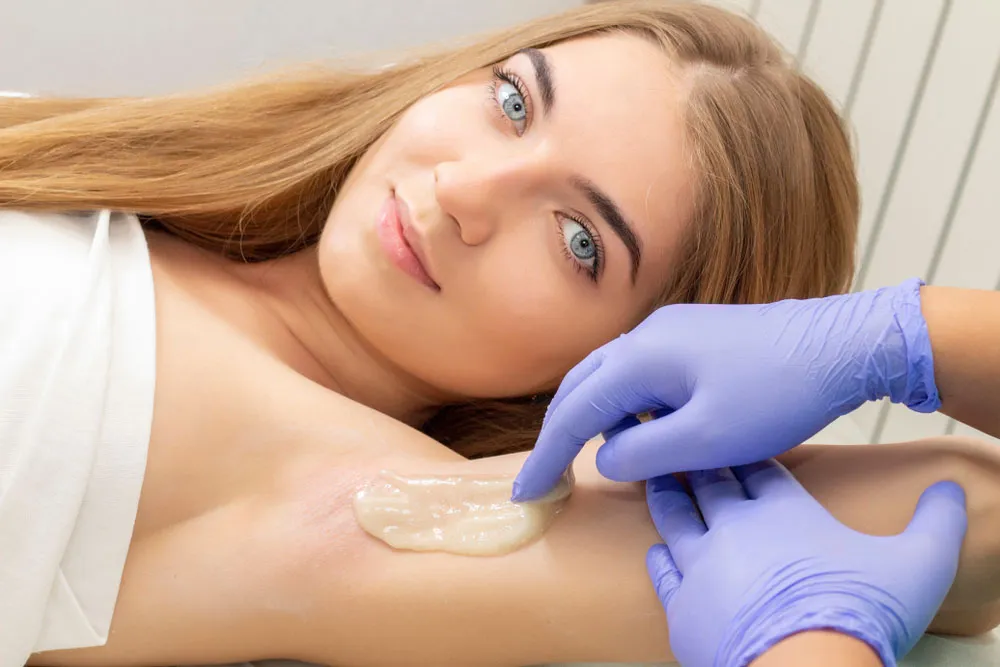
Sugar wax vs. waxing: Benefits, risks, and DIY recipes
Sugaring and waxing (Sugar Wax) have both existed for a long time and are both tried and true methods of hair removal.
People typically associate sugaring and waxing in the same way, mainly because both entail pulling the hair out by the follicle. They are, in fact, two quite different hair removal methods.
One of the most significant distinctions between waxing and sugar waxing is that waxing often uses a strip that tugs hair out in the opposite way of the follicle development pattern. Sugaring, in contrast, involves pulling out the hair in the original direction of its growth pattern. Sugaring is also carried out at room temperature, whereas waxing is done at high temperatures, hence the phrase “hot wax.”
The fact that sugaring is an organic method of hair removal utilizing a simple mixture of sugar and lemon juice is perhaps its most significant advantage. As a result, it is much gentler on the skin than traditional waxing. Sugar waxing is also less painful since it tugs less on the skin when pulling hair.
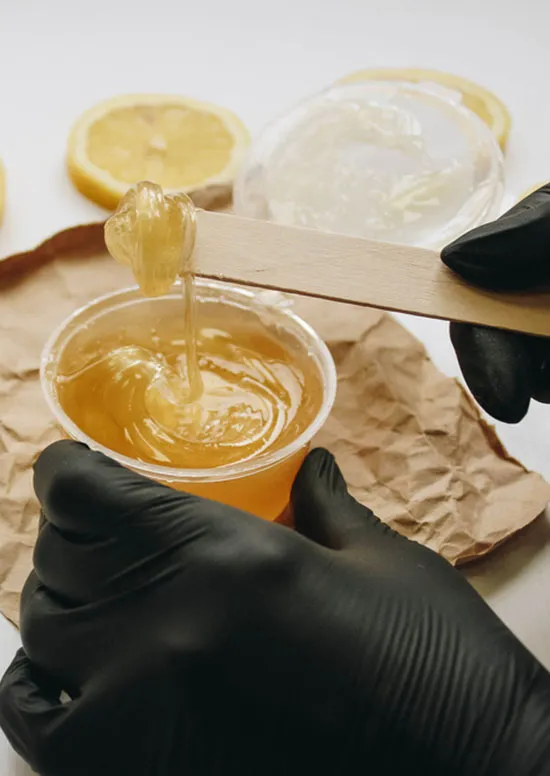
This has the added benefit of reducing redness and itchiness. Some technicians mix aromatic oils and honey into their sugar wax, although this is not required. If you have any allergies, simply inquire what the technician’s sugar wax is composed of.
Waxing has possibly been around earlier than sugaring and is a tried and true method of hair removal. Waxing also produces a smoother finish since it eliminates the hair from the root. It is also quick and efficient, and huge areas may be waxed at the same time. Many individuals become accustomed to waxing and never experiment with sugaring, so they are unaware of the distinction.
When comparing the two treatments, sugaring is definitely the hair removal option you want to attempt if you want an organic method. Much relies on the individual’s pain tolerance since every hair removal procedure will cause some discomfort.
Different strategies elicit different responses in different people. Sugar paste is applied to the skin with a gloved hand, then waxing is done using a strip. Sugaring is especially beneficial for eliminating shorter hair, while waxing requires at least a half-inch to take effect. Sugaring is a more natural alternative that is far less sticky than wax.
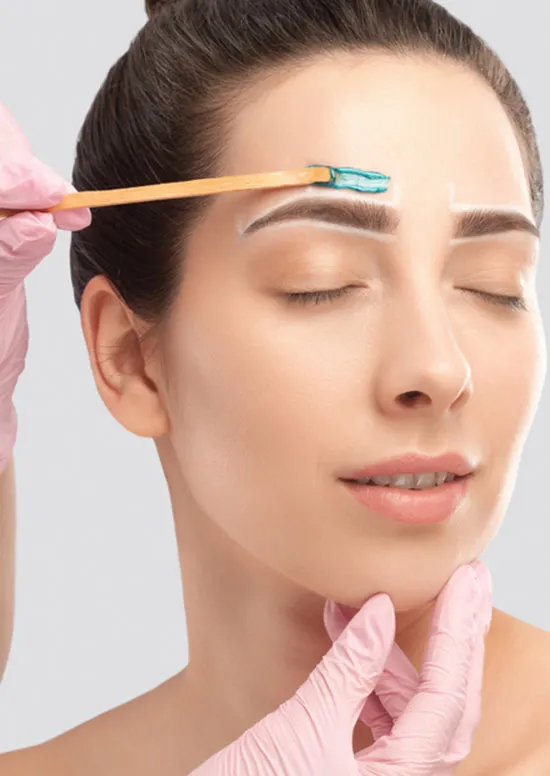
This is a significant advantage for those who do not want to observe any redness or discomfort.
It is also advantageous for persons who have poor pain tolerance. Sugar can be wiped away with water; however wax requires a solution to remove it from the skin, which might occasionally include allergies. Sugaring lasts longer than waxing, but the outcome heavily depends on the person’s skin type. Sugar waxing is unquestionably better for sensitive skin and performs better on delicate areas.
Several people will utilize sugar waxing for more sensitive areas and wax for less sensitive areas, like their legs, just because waxing is quicker and your legs are less sensitive.
Both methods will, without a doubt, work for hair removal. Whether waxing and sugaring are best for you is determined by a variety of factors. Overall, sugar waxing could be a better alternative if your skin is sensitive. If you’ve ever had skin discomfort after waxing, why not try sugaring? You may discover that you enjoy it or that it makes no difference. However, the majority of people who go to sugaring do not return to waxing.
What are Homemade Sugar Wax Recipe: 7 Steps for
Smoother SkinPros and Cons of Eyebrow Threading?
Sugar waxing is a simple technique that only involves a few ingredients that you most likely already have at home.
To begin, get 1 cup granulated white sugar, 1/4 cup lemon juice, and 1/4 cup water. Put a medium-sized saucepan on the stove with your ingredients ready. Pour in your sugar first, then your liquids, being sure to cover the sugar and that none of it sticks to the edges of the pot. To mix the ingredients, give it a little whisk.
Set the stove to medium heat, or whatever temperature your stove takes to bring a liquid to a gradual boil. You don’t want to heat up the sugar wax too much, or the mixture may burn, and you definitely would not want to keep it unsupervised for too long.
Remove the mixture from the heat when the mixture turns golden brown. If you prefer more specific instructions, use a candy thermometer and remove the mixture from the heat when it reaches 240 degrees F. It should be the consistency of heated syrup.
That’s all! Making your personal sugaring wax is just that simple.
Instructions
To sugar wax yourself, first, create and cool the wax. It is also critical to ensure that the hair is of sufficient length for waxing; if it’s too short, the sugar paste won’t cling to it. Wait until the hair reaches a length of 1/4 to three-quarters 3/4of an inch.
Thoroughly wash and dry the skin. The wax might not adhere if it is moist.
Take some sugar wax from the jar and roll it into a ball with your palms.
Apply the sugar wax on the skin in the opposite way of hair growth.
To remove hair, either swiftly raise and flick the wax in the direction of growth, or apply a strip of cotton to the sugar wax before forcefully lifting it in the growth direction.
Repeat steps 2-4 throughout the region of skin where the hair is to be removed until the individual is pleased with the results.
When completed, use warm water to remove any excess wax or melt any sugar wax remaining on the skin. Allow to air dry.
To cool and soothe the skin after sugar waxing, a user might put an ice pack wrapped in a towel or aloe vera gel. For the following several days, avoid hot showers and baths, as well as tight clothes that might aggravate the treated area.
Benefits of Sugar Waxing
Sugar waxing, sometimes known as “sugaring,” is getting popular and has a reputation for its advantages over traditional waxing. So, what exactly is it, and how will it work? Sugaring is a procedure in which a sugar mixture is applied to the target region and adheres, removing hair without sticking to the skin. To reduce the danger of burns, the paste could be administered at room temperature or warmed to a moderate temperature.
Sugar waxing has several advantages over traditional waxing.
Sugar does not adhere to live skin cells and only removes dead skin cells. Thus there’s no risk of tearing and abrasion.
When sugar paste is applied, it’s lukewarm, so there is no chance of burning the skin.
Sugar paste is then put in the opposite direction of hair growth before pulling the hair in the normal hair growth direction, leading to less painful hair removal and no hair breaking.
Hair growth after shaving or sugaring should be no more than 1/8 inch! (This may differ based on the individual and hair type.)
Sugaring is so gentle that it may remove vellus hair from several women’s faces and is appropriate for clients with eczema, sensitivity, and psoriasis. Sugar paste dissolves readily with water, creating no sticky residue on the skin.
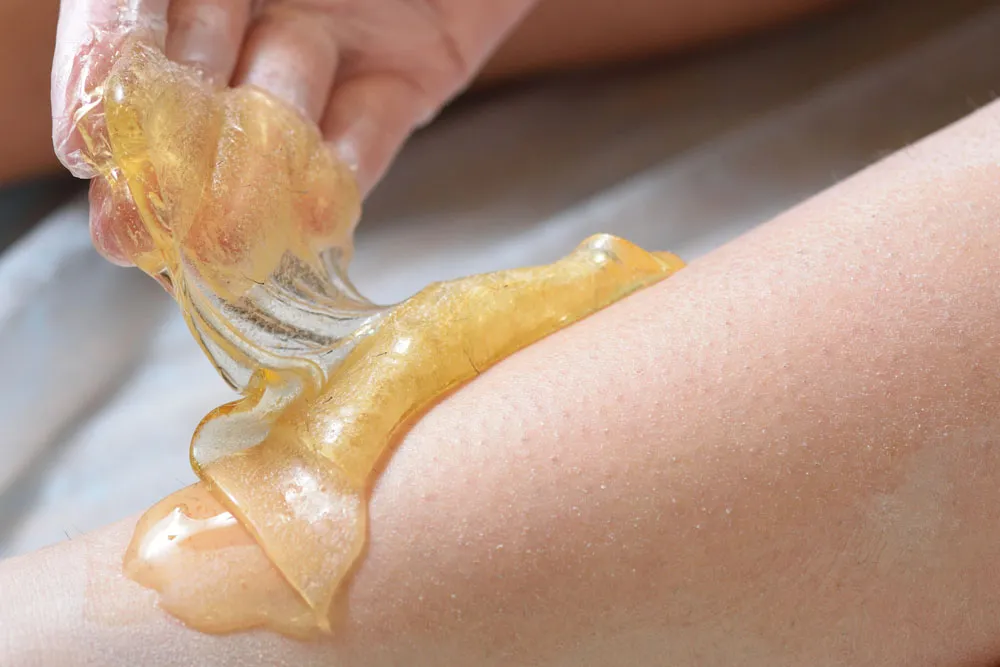
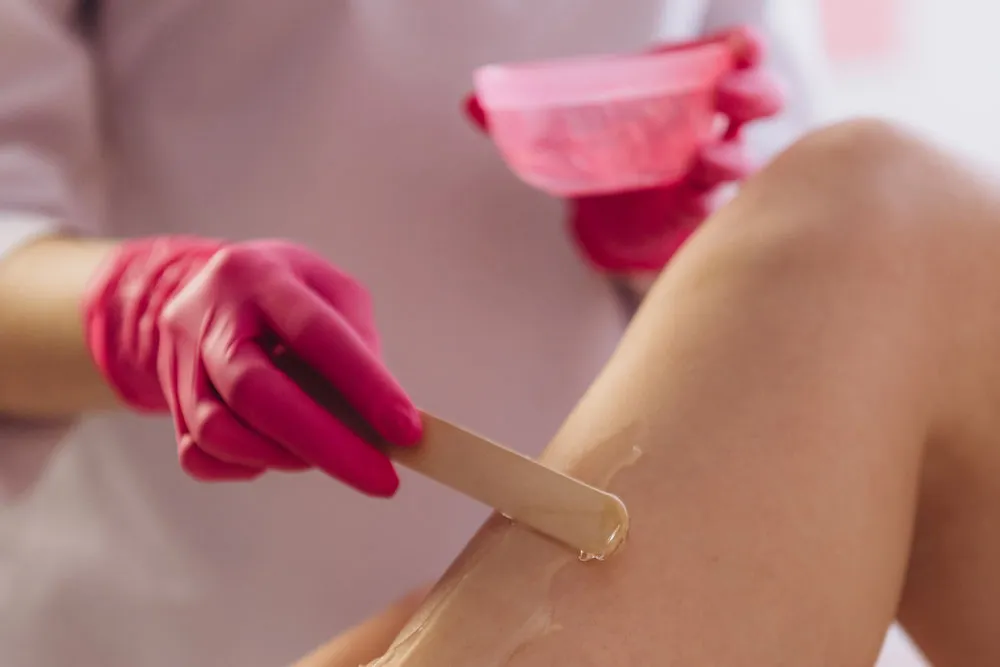
Waxing vs. Sugaring
There are minimal distinctions between waxing and sugar waxing. The application procedure and the effects are fairly similar.
Although, there are a few significant differences:
Ingredients: Synthetic wax is used in the majority of waxing kits and treatments. Some people are allergic to the chemicals included in these waxes, like colors or perfumes. Sugar wax is a preferable alternative for these folks because it is made from nothing more than water and sugar.
Temperature: The combination must be heated in order to use synthetic waxes. Sugar wax, on the other hand, works best at room temp. This can be handier as well as safer because there is less risk of the user burning themself.
Because of the heat and harshness of cosmetic hair-removal wax, it’s only safe to use on certain regions of the body. In contrast, room-temperature sugar wax may be used on any portion of the body where hair normally grows.
Environmental impact: Sugar wax contains biodegradable components that degrade quickly if discarded. Synthetic waxes, on the other hand, aren’t biodegradable and hence more detrimental to the environment.
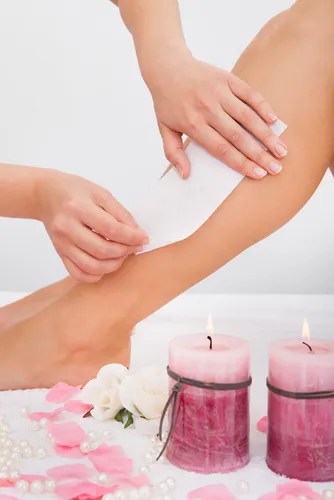
What's the best sugar wax recipe?
Water, lemon juice, and sugar are required to produce sugar wax at home. A 2:1 sugar to liquid ratio should be used. The precise measurements would differ based on the amount of wax required.
For instance, if one cup of sugar is used, one-quarter cup of lemon juice and one-quarter cup of water should be added.
To create the wax:
In a mixing dish, combine all of the ingredients.
Place the ingredients in a saucepan and heat it up.
Slowly heat the mixture until it reaches a medium-high temperature. Do not allow it to come to a boil.
To determine the temperature of the combination, use a food thermometer. Take off the heat when it gets to 230 to 260°F (110 to 126°C). The warmer the mixture gets, the harder it gets; therefore, the exact temperature is based on the desired consistency.
Allow the mixture to cool inside a glass jar. Before applying it to your skin, ensure it is at room temperature.
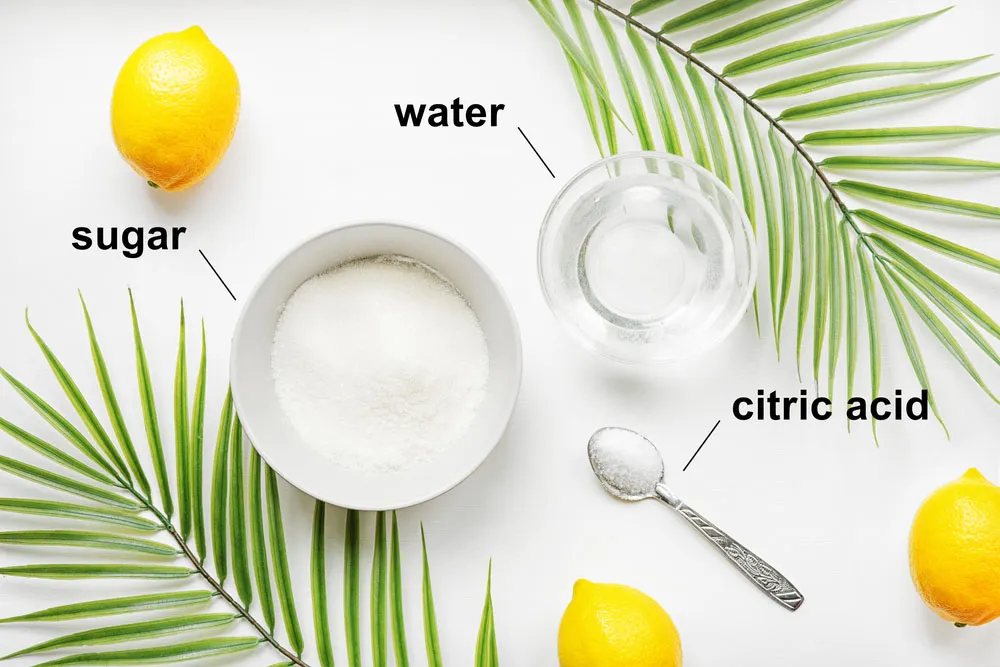
How to use sugar wax with traditional wax strips?
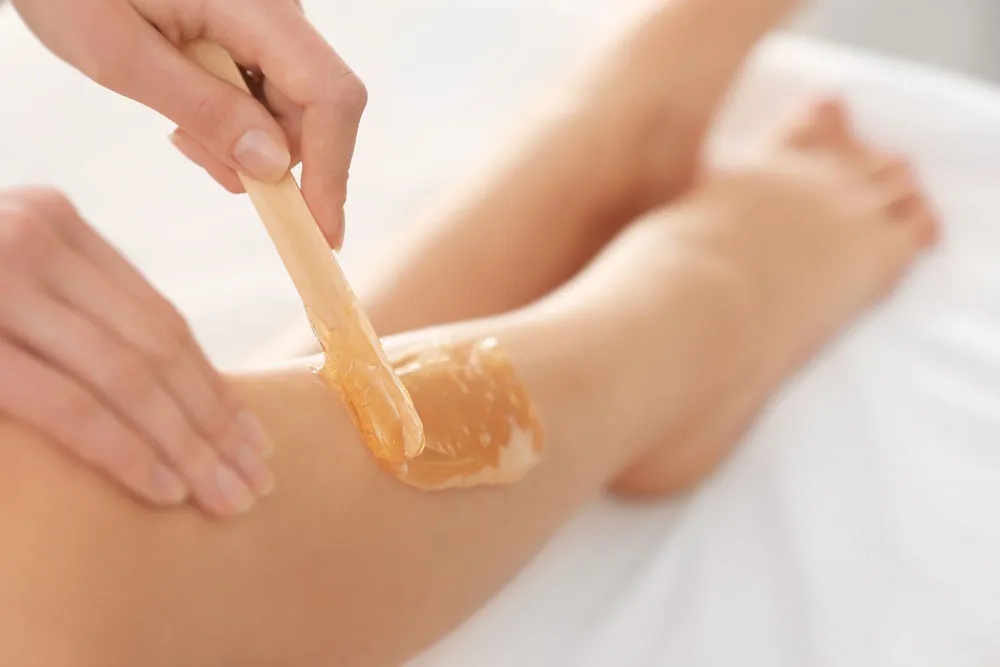

How to Prep Your Skin?
Waxing is a famous way to keep your skin hairless and smooth for weeks, but it is not something you should do in the heat of the moment. Whether you are waxing a tiny region like your upper lip and brows or a bigger area such as your back, legs, or chest, your skin requires some preparation to prevent irritation and ingrown hairs, and help you get the best results.
Check Yourself
Check your skin before going in for your session, no matter where you are waxing. Before waxing, any broken skin or irritation must first heal. Point out any beauty marks or moles to your esthetician so they may be safeguarded throughout the waxing procedure.
Allow It To Grow, But Not Too Long
Allow ample time for the wax to grasp the hair. When your unwanted hair is still too short, the wax cannot pick it up well enough to remove it; when it is too long, the wax cannot adhere to it, causing additional discomfort. For underarm, leg, and bikini hair, 2-3 weeks of growth, or approximately an eighth to a quarter of an inch, is excellent.
Exfoliate
Exfoliate the skin gently a day or two prior to waxing but avoid abrasive scrubs on the day of your session. Exfoliation aids wax in grabbing hair rather than skin, although it might make skin more sensitive to pain; therefore lighter is ideal. Gently exfoliate with a rough washcloth, but don’t rub too hard.
Make Sure To Moisturize
In the days coming up to your waxing appointment, moisturize your skin well. Skin that is healthy and well-moisturized allows the wax to be released more readily. Avoid moisturizing the targeted area on the day of the waxing treatment since it may coat your hair and interfere with the wax’s hold.
The Bikini Area
Whether you like Brazilian wax or a conventional bikini, maintain the skin in the bikini region as clean as possible. Waxing could expose skin to infection, and body parts that are generally warm and wet are more susceptible to bacterial development.
Take A Break From Retin-A
Certain topical treatments might cause skin sensitization to waxing. Retin-A creams work wonders for fine wrinkles, acne, and uneven pigmentation, but they also make skin more vulnerable to harm while waxing. Before waxing, avoid using retinol-based treatments for two weeks. Before waxing, Accutane patients should take a month off from their prescription.
Is homemade sugar wax safe?
When properly trained on how to safely sugar wax at home, it may be an excellent solution that is both less expensive and more pleasant. However, there are certain hazards associated with DIY sugar wax hair removal. You may pull your skin rather than the hair, causing pain, irritation, and a higher risk of infection – sugar waxing at home is frequently less hygienic than sugar waxing in a salon. That is why it is ideal to begin with clean skin, clean equipment, allow the hair to grow out a little, so the wax has something to grab onto, and follow all of the correct skin preparation steps.
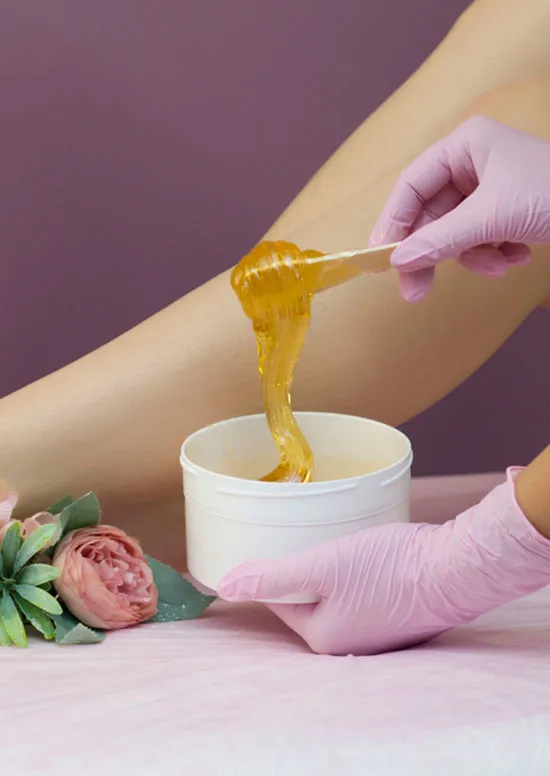
FAQs
Q: Is sugaring better than waxing?
A: Sugaring is often better suited for persons with sensitive skin (e.g., eczema), especially skin that’s extremely sensitive to heat. If you want to wax, hard wax is often softer on the skin than soft wax and is more suited for usage on more delicate regions (such as lip hair, bikini, and armpits).
Q: Is sugar waxing good for the skin?
A: Dermatologists have supported sugaring as an effective and safe way of hair removal, especially for persons with sensitive skin or who are unable to endure more traumatic hair removal treatments like waxing. Sugaring is very effective for shaping brows and eliminating short facial hair.
Q: Can you sugar wax yourself?
A: You could create sugar wax at home using three basic materials and conduct your own waxing. Lemon juice, white sugar, and water are all you need. Because sugar wax does not destroy the hair follicle, it’s less painful than standard hot wax, making it an ideal choice for people with sensitive skin.



